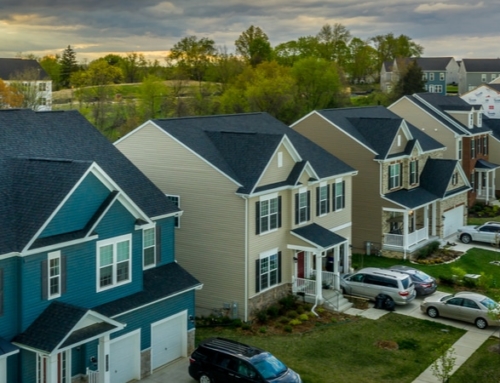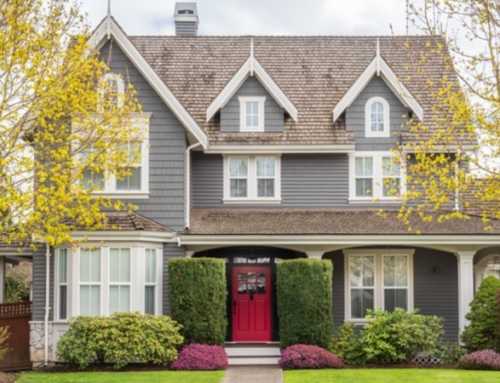I’m often asked how I think the residential real estate market is doing. To answer them, I point to the population milestone we recently reached.
300 million people now live in the U.S. According to the Census population clock (www.census.gov/population/www/popclockus.html), every 7 seconds another person is born in this country. Every 13 seconds, someone dies. And every 31 seconds, another immigrant crosses our borders to start a new life.
That means, every 11 seconds, we add another person to our ranks – to the tune of nearly 4,000 people per day.
(When I started writing this column, the U.S. population had actually reached 300,016,040. I’ll track our progress until I send this column off to be edited and predict that we’ll add at least another 40,000 to our population – the size of many small cities – by the time this column reaches print.)
All these big numbers make me extremely optimistic about the long-term prospects of real estate – even as we enter another market slowdown. After all, these 300 million people need houses, jobs, clothing, food, Internet access, satellite and cable, and an endless stream of electronic toys with which to amuse (and bribe) their children.
But back to houses. Whether you’re born here or come here from another country, staking your claim to a tiny bit of American soil or air rights remains the personal dream of choice. Instinctively, we want to reach up and grab our brass knocker – as long as it is attached to the front door of our new home.
That desire to own our own space hasn’t abated, but times are changing (and our population has rolled up to 300,017,035). Last week, I listened to Michael Tchong, a trends expert (www.ubercool.com) talk about some major trends that will dramatically affect what kind of homes we buy and how we live in them.
Tchong believes that we are leading a digital lifestyle. He points out that people have pet names for their laptops (one woman calls hers “Lappy”), will sue each other over stolen or lost iPods, and the most popular music video in the world wasn’t played on MTV, but on YouTube.
User-generated content and social networking will ultimately change how real estate is marketed, Tchong believes. Video tours of homes will become as ubiquitous as websites. Technology will become even more integrated in our homes, as most people will use wireless devices to control how their homes function.
One of the big trends that Tchong has identified is our need to be permanently connected but in an unwired world. “Just watch how many people go into a restaurant and put their cell phone or Blackberry next to their plate,” he observes.
“The Internet allows us to compress time,” Tchong notes. With millions of listings on display, the Internet gives home buyers and sellers access to information 24/7/365. He has predicted that most home buyers and sellers will soon be searching for homes on cell phones rather than computers.
Just as speed-dating has developed, speed shopping for a home will continue to accelerate. And Tchong predicts that as more homes are advertised using video on demand (VOD) for the Internet, more people will feel comfortable purchasing a home they’ve never seen in person.
Sounds more like a seller’s market than today’s buyer’s market. When will the tide shift for today’s home sellers?
According to John Tuccillo, a real estate consultant and former chief economist of the National Association of Realtors (www.johntuccillo.com), the tide should be turning in the next 12 to 18 months.
“In the next six months, real estate investors will be finding great deals,” Tuccillo predicts.
“Which markets have the best prospects? If you’re looking for gains in real estate, you have to look at the fundamentals, which include job growth,” he notes adding that nearly every real estate market will go through a stage of correction “that will last at least a year for the shortest market and 2 to 3 years for the longest market.”
With 4,000 people being added to the U.S. every year, it won’t take long for the market to bounce back.
(And as I sent this off to be edited, the U.S. population stood at 300,017,519, a gain of 1,479 individuals.)
Published: Oct 29, 2006






Leave A Comment